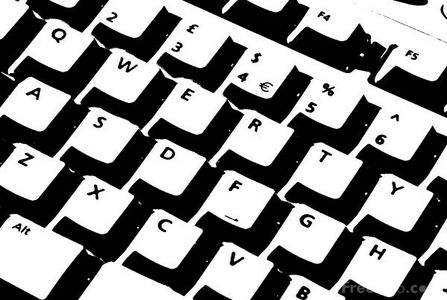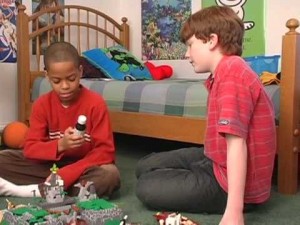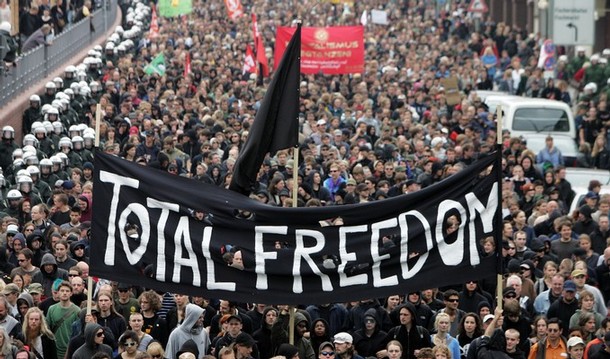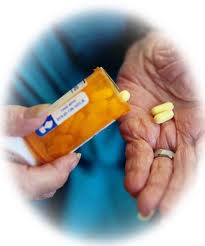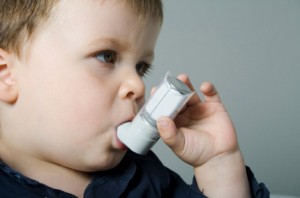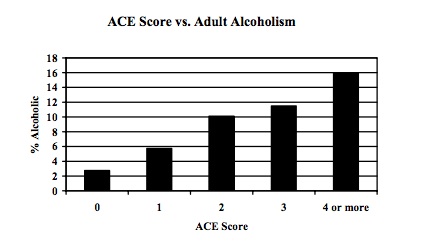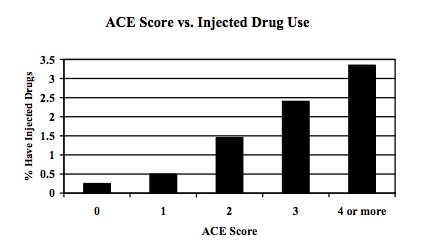 I am finally caught up! My inbox is clear for the first time since October. I have no classes to teach until after January. I just completed a draft outline for my next book (at 4:30 AM, somewhat hungover). And I’m now starting to communicate with the many people who sent me amazing stories.
I am finally caught up! My inbox is clear for the first time since October. I have no classes to teach until after January. I just completed a draft outline for my next book (at 4:30 AM, somewhat hungover). And I’m now starting to communicate with the many people who sent me amazing stories.
There is actually nothing I’d rather be doing than this “research” into others’ addiction stories. I’m pretty much certain that addicts are the most interesting people on the planet.
Oh yeah, and I finished that disease/choice/self-medication set of posts I promised. Phew.
So, now, on to other things.
…………………………….
People often ask me how I quit drugs (roughly 30 years ago, with only minor blips since). So here’s a recent email exchange (lightly edited) in which I try to spell it out. Like others, this reader thought that the passage describing how I quit was too fast and loose. Maybe it was.
> From: “Donna” [not her real name]
> To: marc@memoirsofanaddictedbrain.com
> Sent: Tuesday, 24 July, 2012 2:53:06 PM
> Message: Hi Marc,
…….
> I just finished your book last night–I could hardly put it down. I
> was fascinated with the subjective descriptions of your experiences
> with drugs and how they manifested biologically in the brain. As I
> read I became rather depressed, however–learning about the brain’s
> loss of plasticity, and the feedback loops created by addiction made me
> feel rather hopeless. I was eager to get to the part where you talked
> about how you finally stopped doing drugs, despite having “hit
> bottom” many times.
>
> I have to say that your “NO” mandala was a big letdown. I’m sure I’m
> not the first nor the last to say that. It made me think of Nancy
> Reagan and the whole 1980s Just Say No campaign and here’s your brain
> on drugs–a fried egg. I really don’t understand. How did this work
> for you? How was it “different” from the other times you were filled
> with self-loathing, got your shit together, and ended up clean for a
> period of years? I wasn’t really looking at your memoir as a
> self-help book–I wanted to learn about the neuroscience of addiction,
> and I did learn a lot. But I also couldn’t help thinking about how
> you escaped, and what I could learn from that and how I could apply it
> to my own life. Sadly, I just don’t get it. Given the changes to your
> brain, what happened to enable you to overcome what was essentially a
> biological process?
>
> Best,
>
Hi Donna,
I’m happy to reply to this kind of mail…especially when your question is so clear and credible. Yes, others have expressed similar disappointment in the ending of my book. Let me try to explain how I quit.
First, there were never any periods of more than a few months, more often a few days or at best a few weeks, of being clean in the previous three or four years. So this time was obviously hugely different. How did it work? I’m really not sure. Basically, I reported what happened. The details are accurate. I didn’t have an instruction manual, so I can’t really say what was going on or precisely what I did that time that unlocked a new door.
But here, I’ll try. I had recently endured two particularly shitty events. My girlfriend left me, which broke my heart, and my friends found me, semi-comatose, on a toilet seat in a public building with a needle sticking out of my arm, which was intensely shame-inducing. I think by then I had built up a lot of rage, not just self-contempt and all that but real rage — toward drugs, I could say, or toward what seemed to be a force or a malevolent spirit, or maybe something like the Greek Orchestra idea of a “fate” that keeps fucking up the protagonist’s chance of getting out of hell. Something pivoted on that particular day, the day I wrote “NO” on a piece of paper, decorated it with the trimmings of a mandala, and stuck it up on my wall. The rage seemed to pivot around and focus on this external entity, rather than on me for a change. And that was a big change. I remember feeling: you have no right! I deserve to live! You can’t do this to me!
That was how it started. There was also the small matter of saying to myself “never again” — rather than never again for at least 2 years, or never again injecting, or other half-assed self-promises. I truly at that moment didn’t want to EVER do it again.
And I just kept going on like that, day after day, telling myself NO fifty times a day….then less and less as the days went by. By the second or third week, I thought it might be really working, but I didn’t know for sure until about two months had gone by. And during all that time, the horror of my recent life kept returning to me in vivid images, and I kept telling myself: I don’t WANT to go there again. This is ME speaking: I DON’T WANT TO. Of course the withdrawal symptoms and the depression and all that were shitty for a week or two, but even within a few days, there were rays of light. Maybe even that first day.
Things like that happen. Big life changes can turn on a dime. How can that be, you may ask, given all the “wiring” that’s already taken place? For one thing, the brain hasn’t lost all its plasticity from addiction. Not at all. It’s just that addiction takes hold through several really fierce feedback loops that continue to gobble up plasticity on a day-to-day basis. I mean the loop of wanting-getting-losing-craving, and also the loop of using/lying/sneaking and shame, which greatly increases psychic pain and makes you want relief at any price. In both cases, there is a massive interaction between dopamine uptake, cue salience, and the potency of desire……that just cuts through the available options — the plasticity — as if there WERE no other options.
I guess another idea is that, while I was building up this elaborate addict network (I mean synaptically), I was also building up an elaborate non-addict network. I never stopped trying. I still wanted to be a regular person with a good life. I went to see a variety of therapists. I remember one who wouldn’t even talk to me (a psychologist, in fact) because he said I was too far gone. In fact, none of them helped much, but it meant (at least to me) that I was trying. Meanwhile, I was applying to jobs in mental health agencies, and getting some, and I was still aiming to get back into school. All that equals a whole OTHER synaptic network. Maybe the pivot point for me had to do with connecting a day-to-day/hour-to-hour sense of self with that second network, long enough for it to “take”…and start sucking up its own helpings of dopamine (I WANT this).
Also, I have no idea if I’d have stayed clean IF I didn’t get accepted into grad school a few months later. I’d like to think so, but I just don’t know.
Since then, I’ve had a number of flirtations with drugs, I sometimes drink too much, but I have never gone back to the hell I lived in before that day.
So there you have it.
And don’t be depressed. Loss of plasticity is relative. There’s plenty left over. Read Norman Doidge’s book if you want to think more about the immense degree of plasticity that’s available, even well into our later years.
Cheers,
Marc

